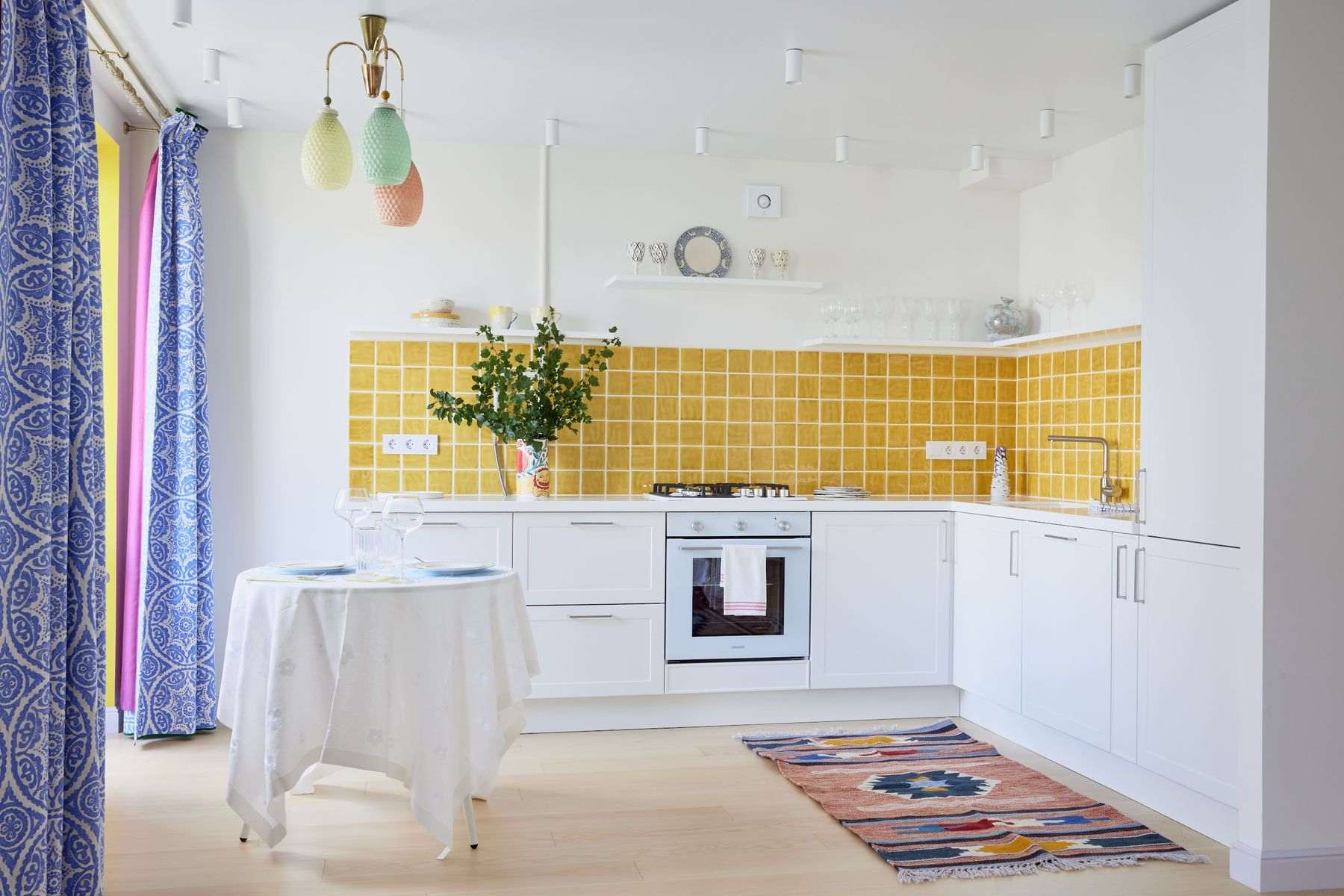
Culinary Spaces Reimagined Beautifully
The heart of the home, the kitchen, is more than just a space for cooking and eating. It's where family and friends gather to share meals and memories. As such, reimagining culinary spaces is not just about enhancing functionality; it's about creating beauty, warmth, and connection. In this exploration, we'll delve into the trends and ideas that are transforming kitchens into aesthetically pleasing and beautifully efficient spaces.
Trendsetting Materials and Colors
In the pursuit of beauty, materials and colors play a pivotal role in the kitchen. Designers are now leaning towards natural stone, reclaimed wood, and metals such as copper, brass, and matte black for hardware and fixtures. These materials not only add character and warmth but also bring a unique texture and color palette to the culinary space, making it more inviting. Color trends see a movement from the classic whites and grays to more adventurous tones like deep blues, greens, and even black for a dramatic and elegant atmosphere.
Maximizing Natural Light
Natural light has always been an essential element in design for its ability to transform spaces. Reimagined culinary spaces prioritize large windows and skylights, inviting the outdoors in and enhancing the beauty of the food preparation area. Incorporating glass where possible, whether in the form of glass-front cabinets or transparent furniture, helps in distributing light evenly, making the kitchen feel brighter and more open.
Innovative Storage Solutions
One of the key components of a functional kitchen is effective storage. Designers are getting creative with their storage solutions, offering pull-out pantries, hidden appliances, and modular units that can be customized to the user’s needs. This focus on innovation is not just about saving space but also about creating a clutter-free environment that contributes to the kitchen's overall aesthetics. Unique organization tools and compartments are as much a design statement as they are practical conveniences.
Melding with Living Spaces
The modern culinary space blurs the lines between the kitchen and living areas, promoting a more integrative approach to home design. Open-plan layouts are increasingly popular, ensuring the kitchen is part of the living space, not hidden away. This openness encourages social interaction and creates a more cohesive aesthetic throughout the home. Furniture-style kitchen elements like decorative range hoods, open shelving, and islands that mimic the look of sophisticated dining tables are trending, as they blend seamlessly with the rest of the home’s design.
Embracing Technology
Technology has a significant role in the beautifully reimagined kitchen. Smart appliances that can be controlled via smartphone or voice assistant are not only convenient but are also designed to look sleek, adding to the kitchen’s overall modern aesthetic. Advances in technology also include integrating charging stations, built-in screens, and even augmented reality to assist with cooking. Technology helps in creating a space that is not only beautiful but also highly functional and up-to-date with the latest advancements.
Sustainable Practices
As we reimagine culinary spaces, there is a growing emphasis on sustainability. Materials are being selected for their low environmental impact, such as bamboo flooring, recycled glass countertops, and energy-efficient appliances. Kitchens are also being designed to reduce water use and improve recycling systems. Incorporating plants, herb gardens, and other green elements bring nature inside, enhancing the beauty of the space while also reminding us of the importance of eco-friendly practices.
Conclusion
Reimagining culinary spaces is about balancing beauty and functionality. It prompts a reevaluation of traditional designs in favor of innovative layouts, materials, and technology that reflect modern living. Today's kitchens are no longer just places of culinary creation—they are beautifully designed spaces that foster interaction, embrace the latest trends, and are conscious of the environmental impact, all while keeping the joy of cooking and gathering at their core.